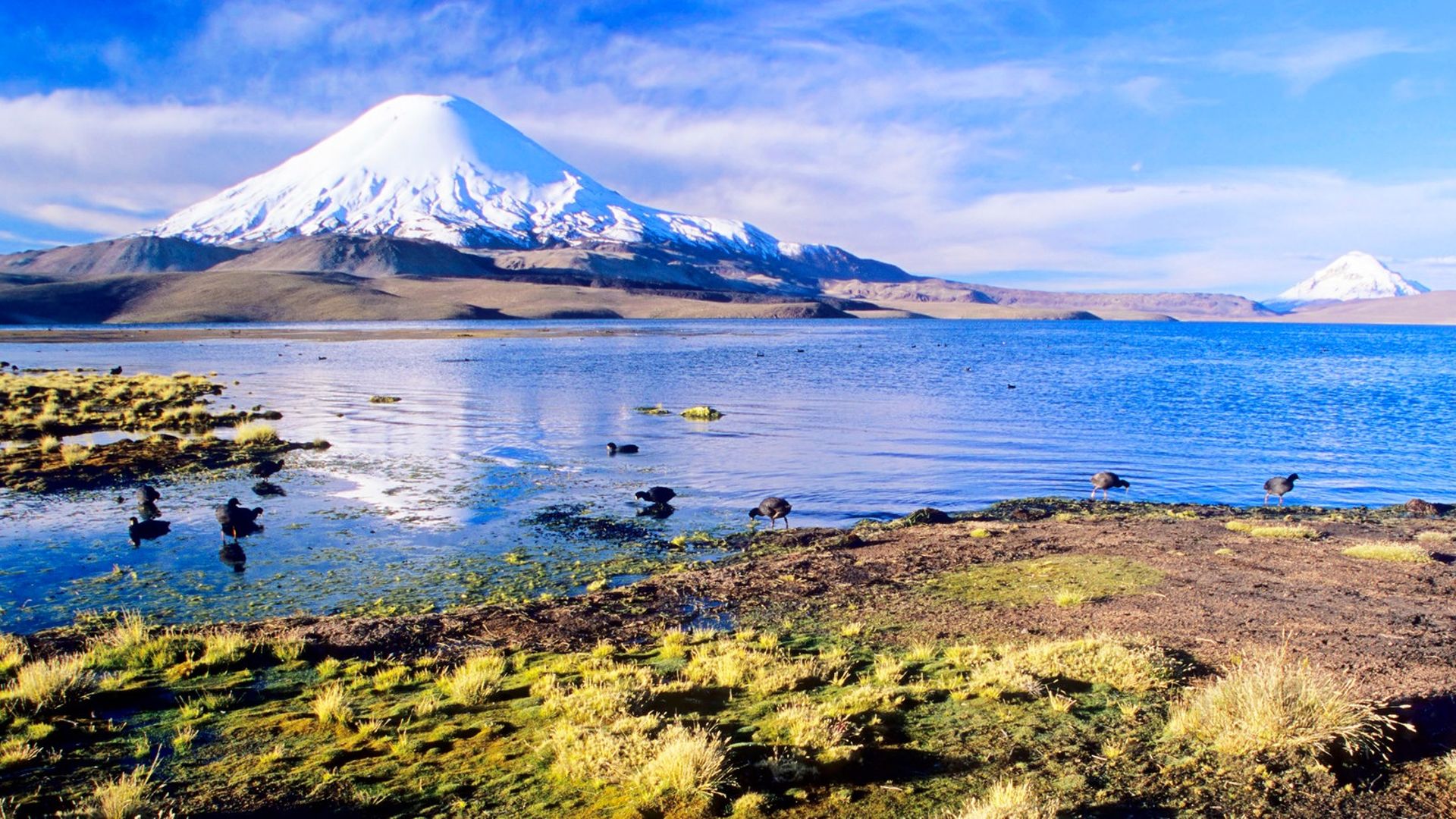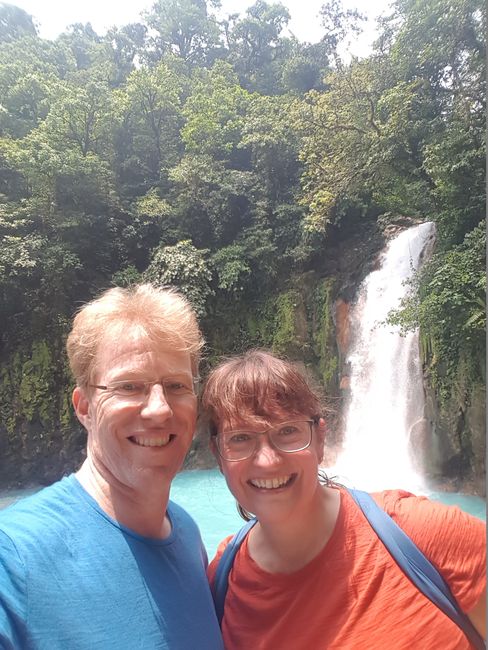Los Frailes and Isla de la Plata
Avaldatud: 26.07.2018
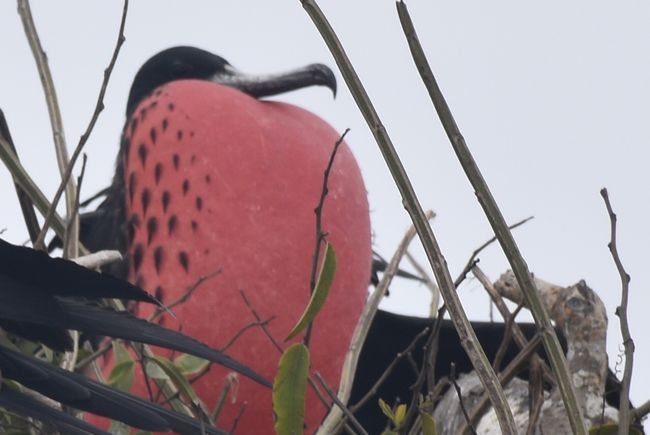
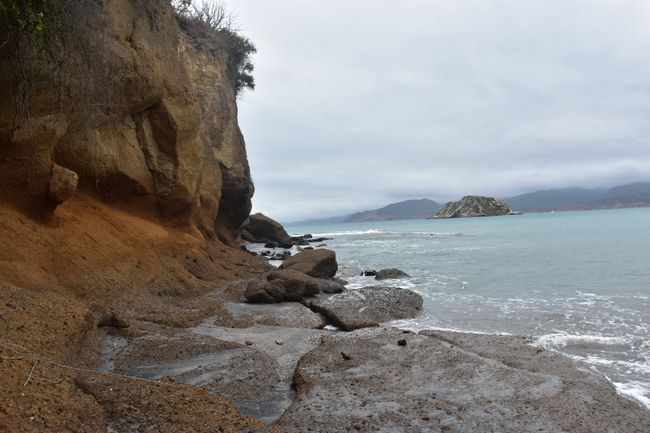
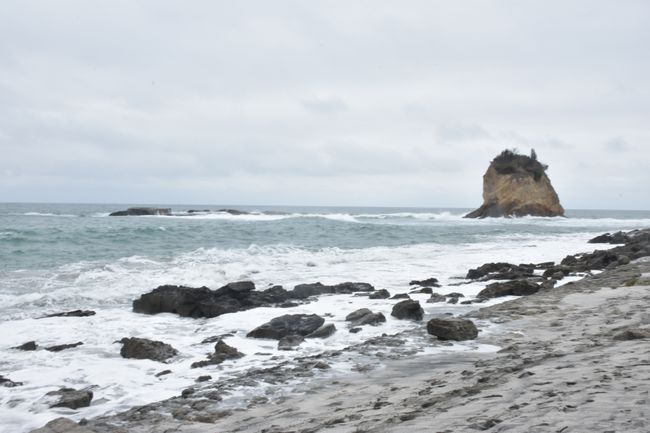
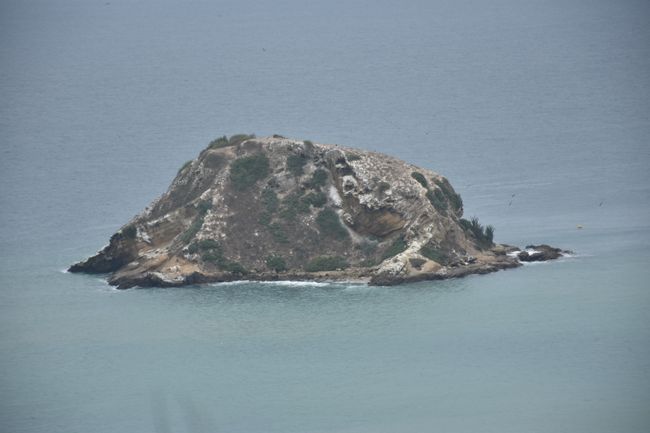
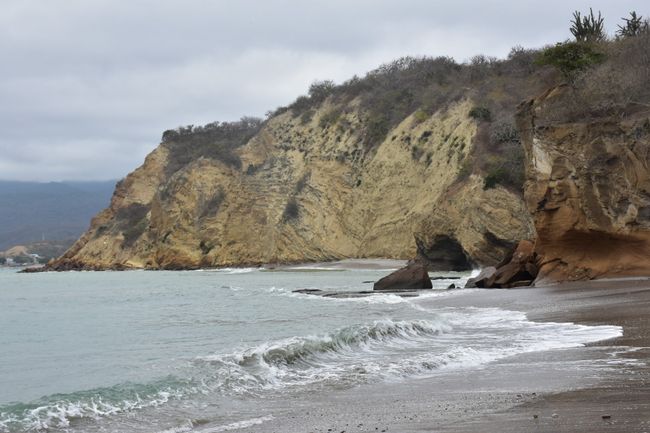
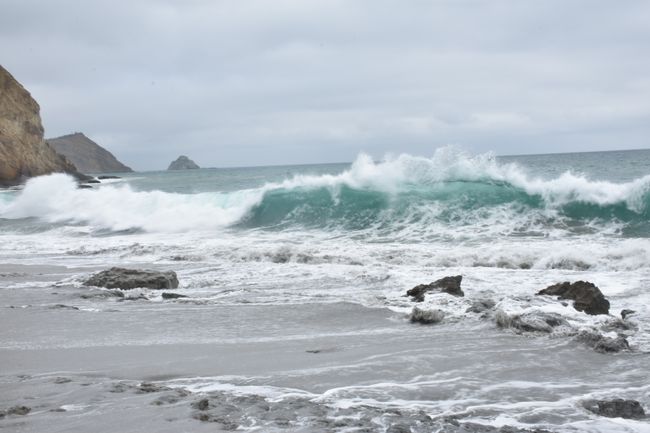
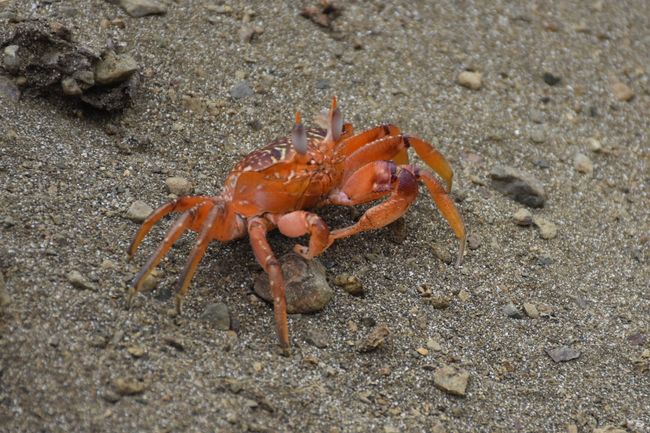
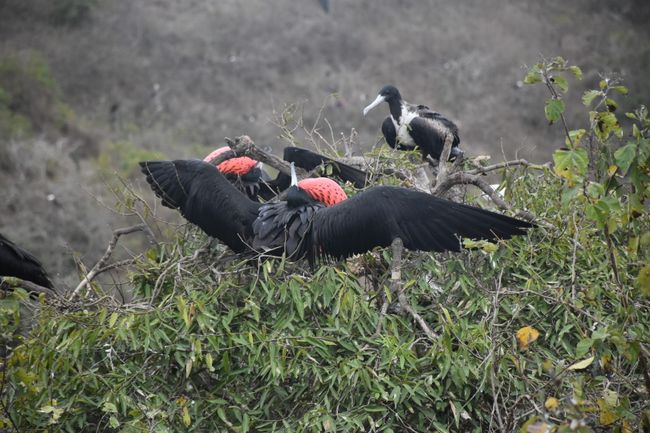
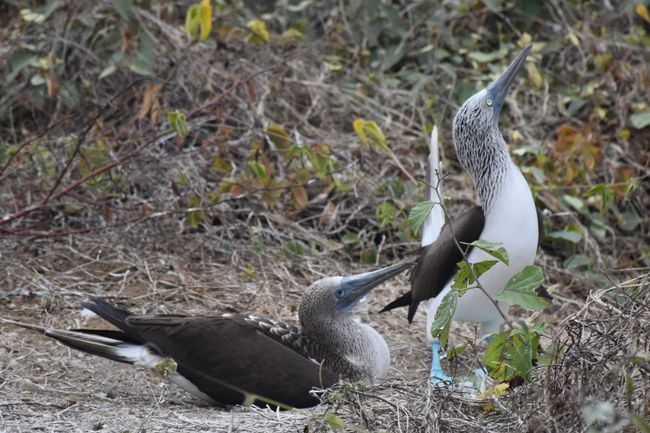
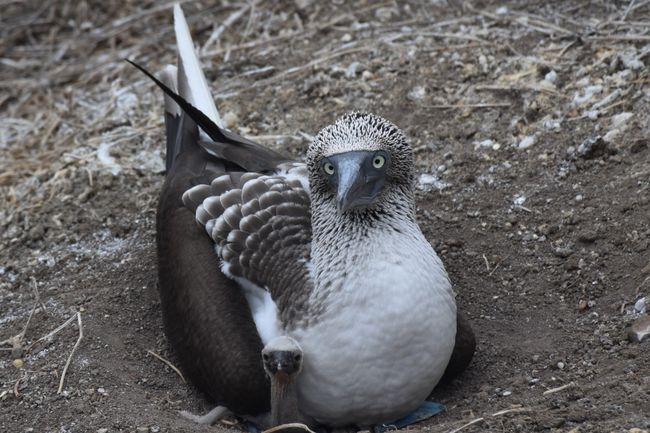
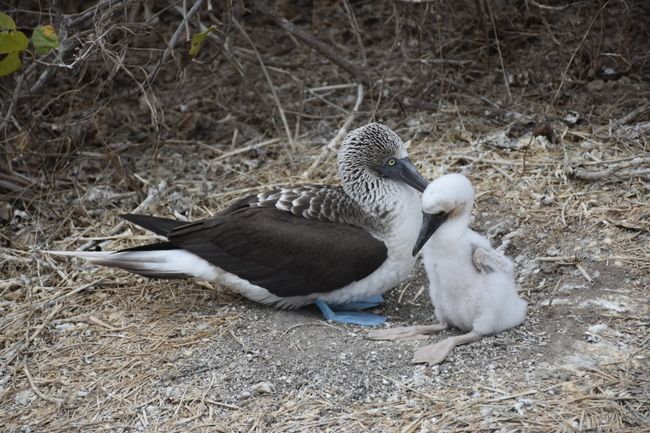
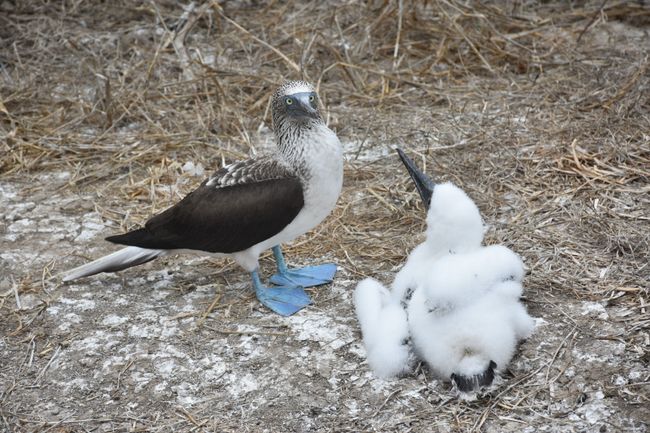
Telli uudiskiri
Located 15km (= 10 min. by car) in the heart of the Manchilla Nature Reserve is the beach of Los Frailes. It is considered one of the 5 most beautiful beaches in Ecuador. However, swimming is only allowed in one area. Strong currents (the Pacific Ocean is no joke), stingrays (poisonous and can be found even in shallow waters), and reefs make swimming impossible in other areas. We will hike through the nature reserve and enjoy the beach before heading back.
The Isla de la Plaza is located a few kilometers off the coast of Puerto Lopez. It is unfairly referred to as the 'Galapagos for the poor'. The island is part of the mainland, is not of volcanic origin, and is much younger than the Galapagos Islands. However, both frigatebirds and blue-footed boobies live and breed here. In addition, there are albatrosses, which cannot be found in the Galapagos. Unfortunately, the area was closed because the albatrosses are currently nesting and very sensitive.
For 15 days, the male frigatebird can signal its readiness to mate by inflating its red throat sac. The blue-footed booby lives in close proximity to it, although its offspring can still end up on the frigatebird's menu in the first few days. As an elegant flyer, it can fly up to 400km at a time by using thermals, and can even sleep for up to 6 minutes while flying.
The blue-footed booby walks like a duck. No one knows the purpose of the blue color of its feet (both genders). However, the ladies seem to like it: the bluer, the more attractive (different from us *smile*). Typically, 2 eggs are hatched every 8 months. The pictures show the development of the chicks. They are cared for by both parents for about 100 days, and the blue-footed booby reaches sexual maturity at around 3 years old.
On the way back, we can only see whales from a distance - this time they were 'shy'.
Those were our last excursions, sigh. Tomorrow we will fly to Quito, our final stop.
Telli uudiskiri
Vastus (5)
Melanie
Ich verstehe, dass ihr etwas traurig seid, dass eure Reise bald zu Ende ist. Aber wir hier zu Hause freuen uns riesig darauf euch wiederzusehen!!! :)Oliver
Wir freuen uns auch Dich/Euch wiederzusehen, sind deshalb schon ein wenig aufgeregt und haben heute kleine Mitbringsel besorgt ;-) Drück dich MamaGregor
Hallo Ihr Lieben, Ihr habt wirklich eine Reise hinter Euch, die unvergesslich ist. Allein Eure wunderschönen Bilder und guten Kommentare geben uns einen
kleinen Einblick auf das, was Ihr in Natura gesehen habt. Unsere Freude auf Euch ist kaum noch zu zügeln. Ihr wisst, dass zur Zeit in Deutschland eine un-
erträgliche Hitze herrscht. Ihr könnt also ganz leger und in Badelatschen kommen. Bis bald, einen guten Flug und keine Turbulenzen wünschen Euch Mama u. Papa, Ulla u. GregorOliver
Hallo ihr zwei Lieben, Sommersachen sind im Handgepäck. Kannst Du mir bitte meine Uhr und den Ring mit dem Solitär mitbringen? Den Rest hole ich im Oktober, während der Buchmesse oder später. Bis morgen Bussi PetraOliver
Und beinahe hätte ich vergessen, dass ich auch ein paar Ohrstecker (gold) brauche. Drück euch Petra